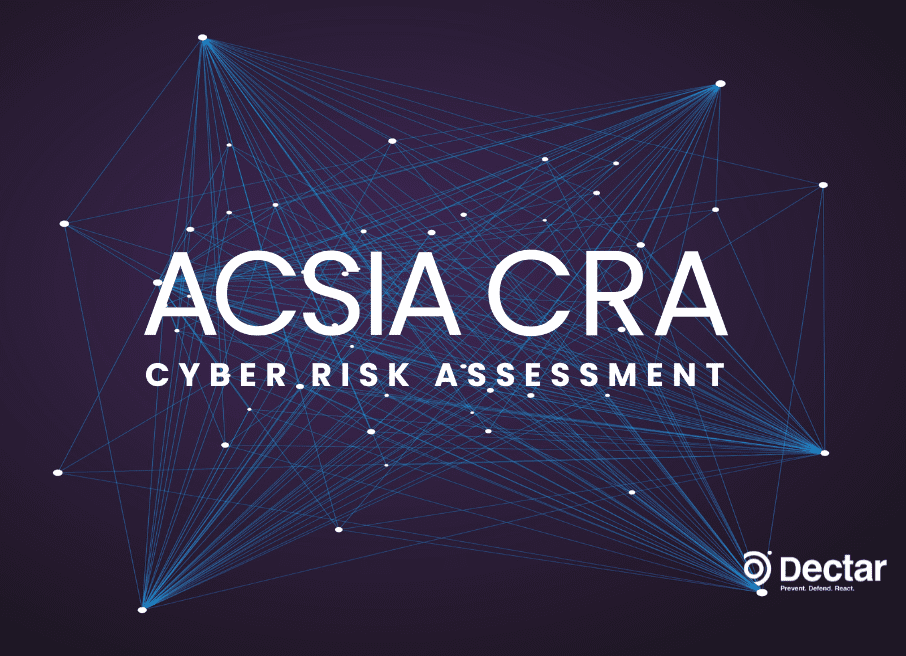

ACSIA CRA and Financial Risk: 5 Questions for DECTAR’s COO Claudio Proietti
We are thrilled to welcome you to the first in a series of interviews with our experts here at DECTAR. We aim to establish a direct channel of communication and offer you an in-depth, transparent look into what we do and the people who make up our team. Through these interviews, we’ll take you behind the scenes of our work, uncover the secrets of our product development, the innovative ideas driving them, and how it all translates into support for our clients. But it doesn’t end there. We’ll also show you how we manage our time and relationships within a company that operates entirely remotely like DECTAR.
To kick off this series, we have the pleasure of interviewing Claudio Proietti, our COO, who will unveil the potential of ACSIA CRA – our groundbreaking risk assessment tool – in the financial field.
Question 1: Hi, Claudio. Could you explain how ACSIA CRA utilizes Quantitative Risk Analysis in the financial field?
Claudio Proietti: Certainly, ACSIA CRA employs Quantitative Risk Analysis to intricately evaluate the probability and potential financial impact of various types of attacks, focusing on ransomware, DDOS, and phishing attacks. This enables us to provide companies with an accurate estimate of potential financial losses resulting from such attacks and identify areas where they need to concentrate their risk mitigation efforts.
Question 2: Does ACSIA CRA calculate ransomware risk exposure?
Claudio Proietti: Absolutely. Our platform utilizes data and the method provided by the FAIR Institute to conduct quantitative risk exposure analysis. This means we consider various factors like the expected frequency of attacks and the potential financial impact on a company to estimate the annual cost of an attack and help companies adequately plan their risk management budgets.
Question 3: Does ACSIA CRA use the FAIR framework to estimate the cost of a ransomware attack?
Claudio Proietti: The FAIR framework, which stands for Factor Analysis of Information Risk, allows us to conduct simulations to estimate the minimum, expected, and maximum monetary value that a company should allocate each year to address each type of treated risk. We use this framework along with specific company data, automatically extracted from the tool, and some parameters that the client can manually input into the platform to provide an accurate estimate of potential financial costs associated with attacks.
Question 4: Besides estimating financial costs, does ACSIA CRA also provide a breakdown of costs associated with a ransomware attack?
Claudio Proietti: Certainly. In addition to estimating the annual cost of an attack, our platform provides a breakdown of costs into three categories: expected minimum cost, expected average cost, and expected maximum cost. This allows us to highlight the potential magnitude of financial damage and underscore the importance of taking proactive measures to mitigate risks.
Question 5: Does ACSIA CRA calculate Loss Magnitude and Loss Event Frequency? How does it do so?
Claudio Proietti: Loss Magnitude estimates the total expected expenses in case of a single ransomware incident, considering both primary and secondary costs. We use PERT distributions based on the minimum, most likely, and maximum values of its components to calculate Loss Magnitude. Loss Event Frequency, on the other hand, estimates the frequency of events resulting in losses for the company, considering the frequency of attack attempts, attackers’ skill level, and the company’s attack perimeter resilience.
Thank you, Claudio Proietti, for this interview. Stay tuned and don’t miss the next installment!